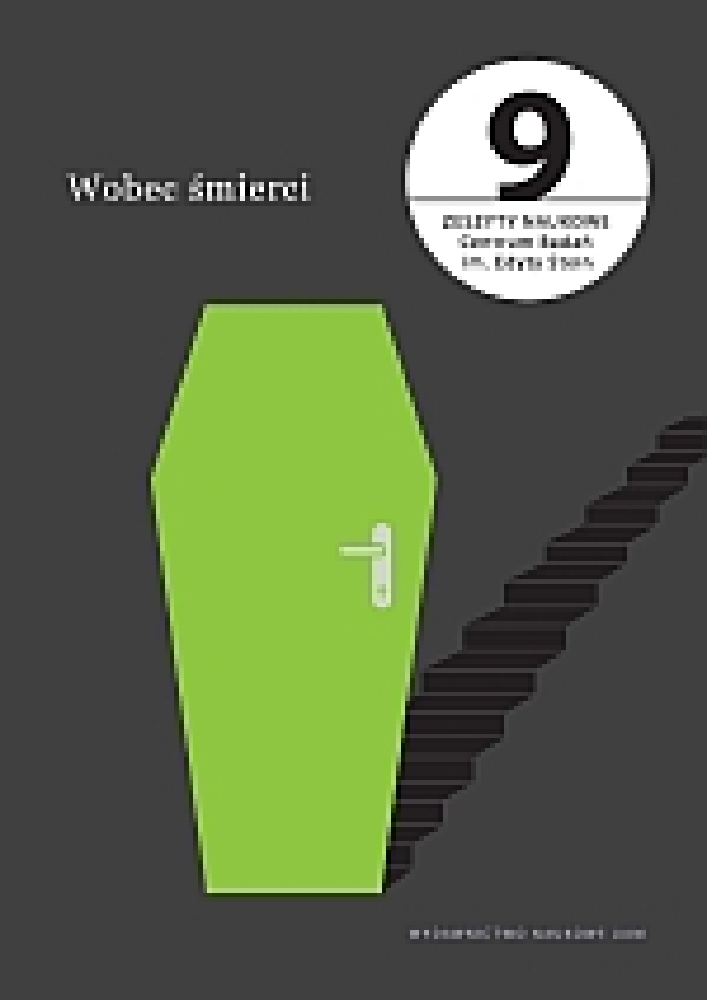Abstract
The text begins with an introduction that sketches the philosophical and cultural context of Being and Time which is followed by three parts. In the fi rst part theauthor explains the reasons why Heidegger’s analysis of human existence, which he calls a “hermeneutics of facticity”, developed into fundamental ontology. In the second part the author discovers an ontological description of death, as contained in this book, which is fundamentally different from any ontic description of this phenomenon. The last part contains the conclusions: 1. Heidegger’s fundamental ontology opens up a new chapter in the history of Western philosophy; it is an original project of a hermeneutic phenomenology; 2. the experience of death belongs, according to Heidegger, to the transcendental structure of a human being. Levinas’s and Sartre’s critique of Heidegger’s description of death is invalid because Heidegger does not describe bodily experience and pain, which accompany the process of dying, but rather the consciousness of being mortal that conditions people’s existential projects. This constitutes a deeper sense of his analyses.
